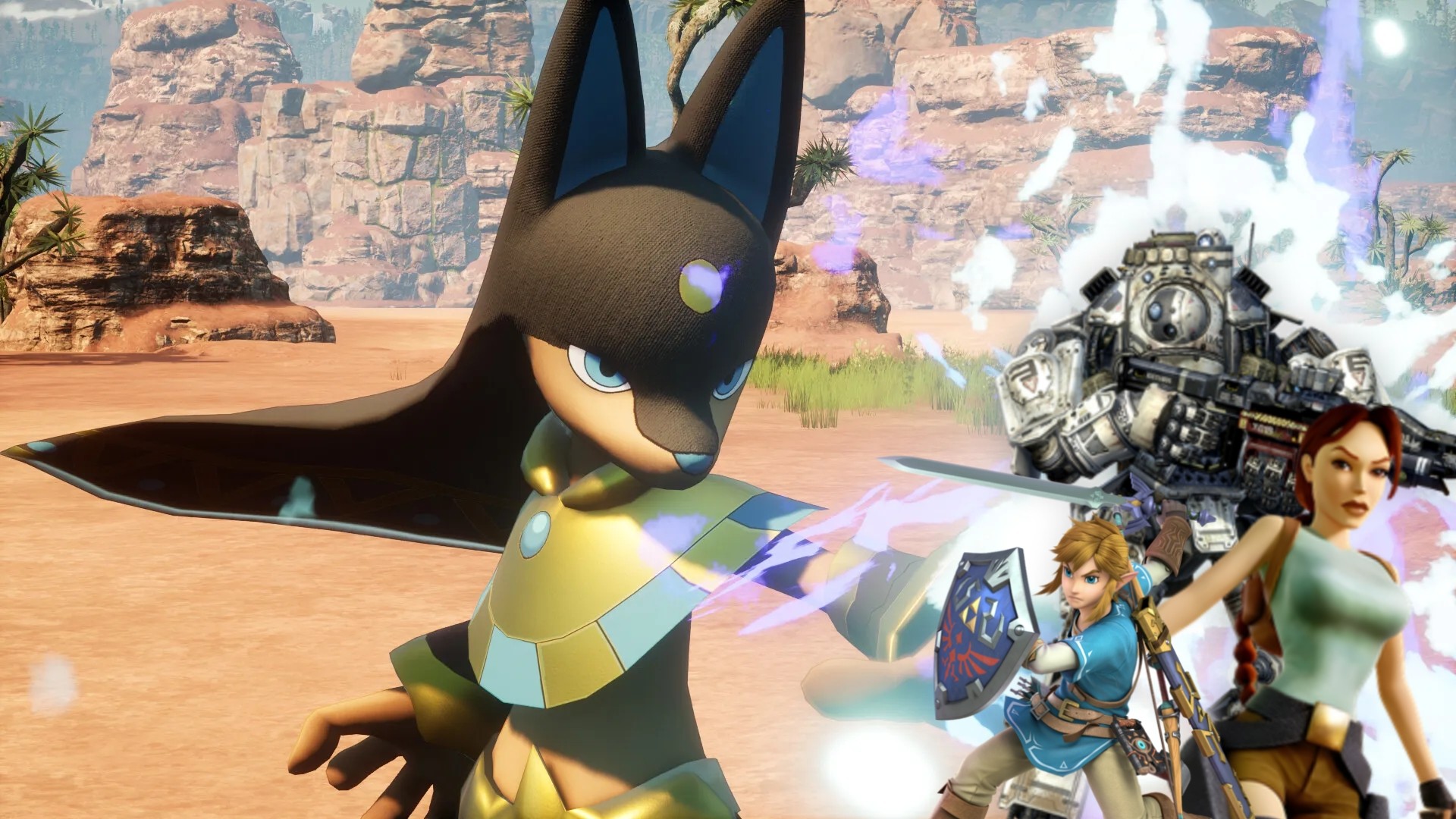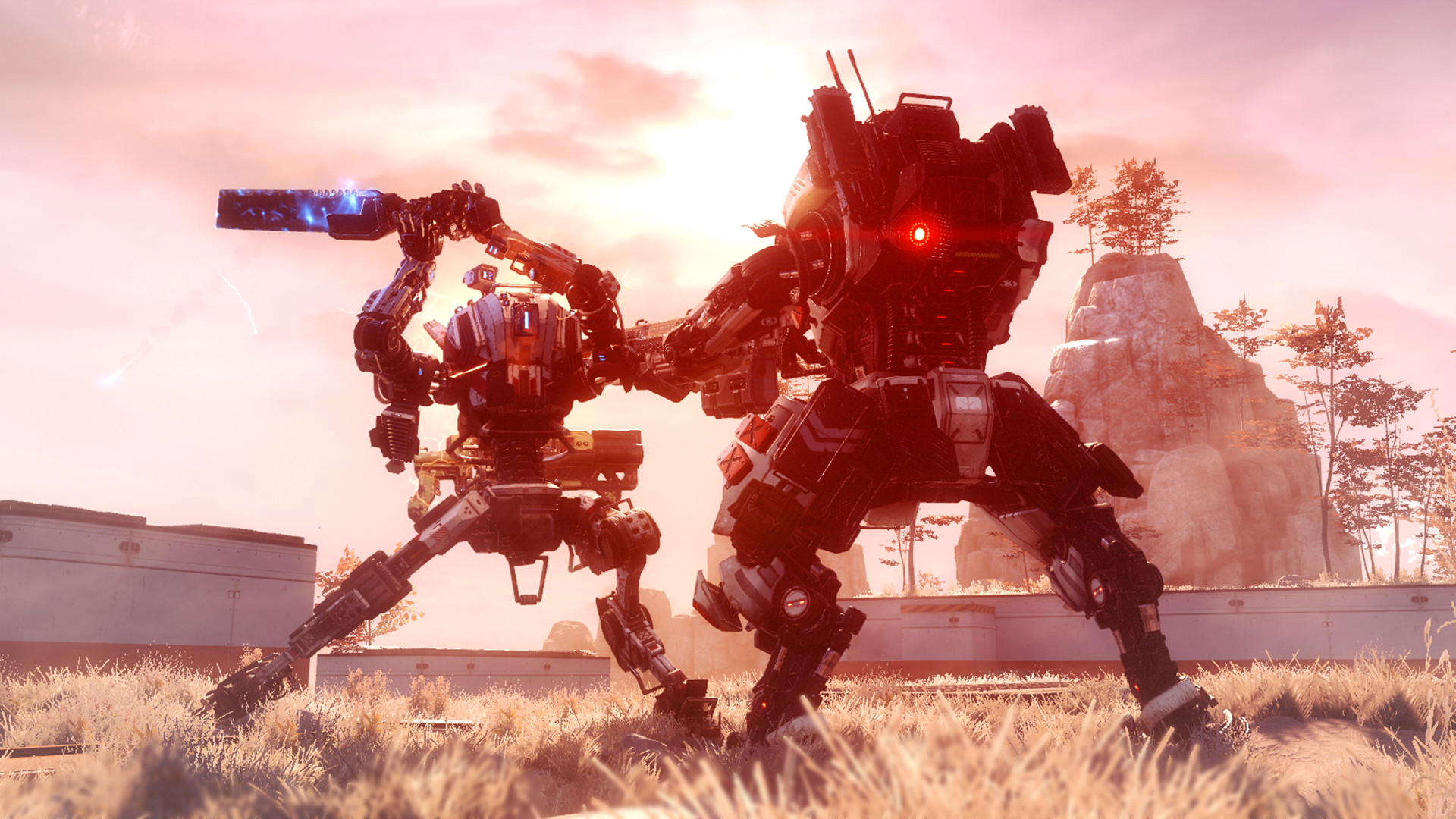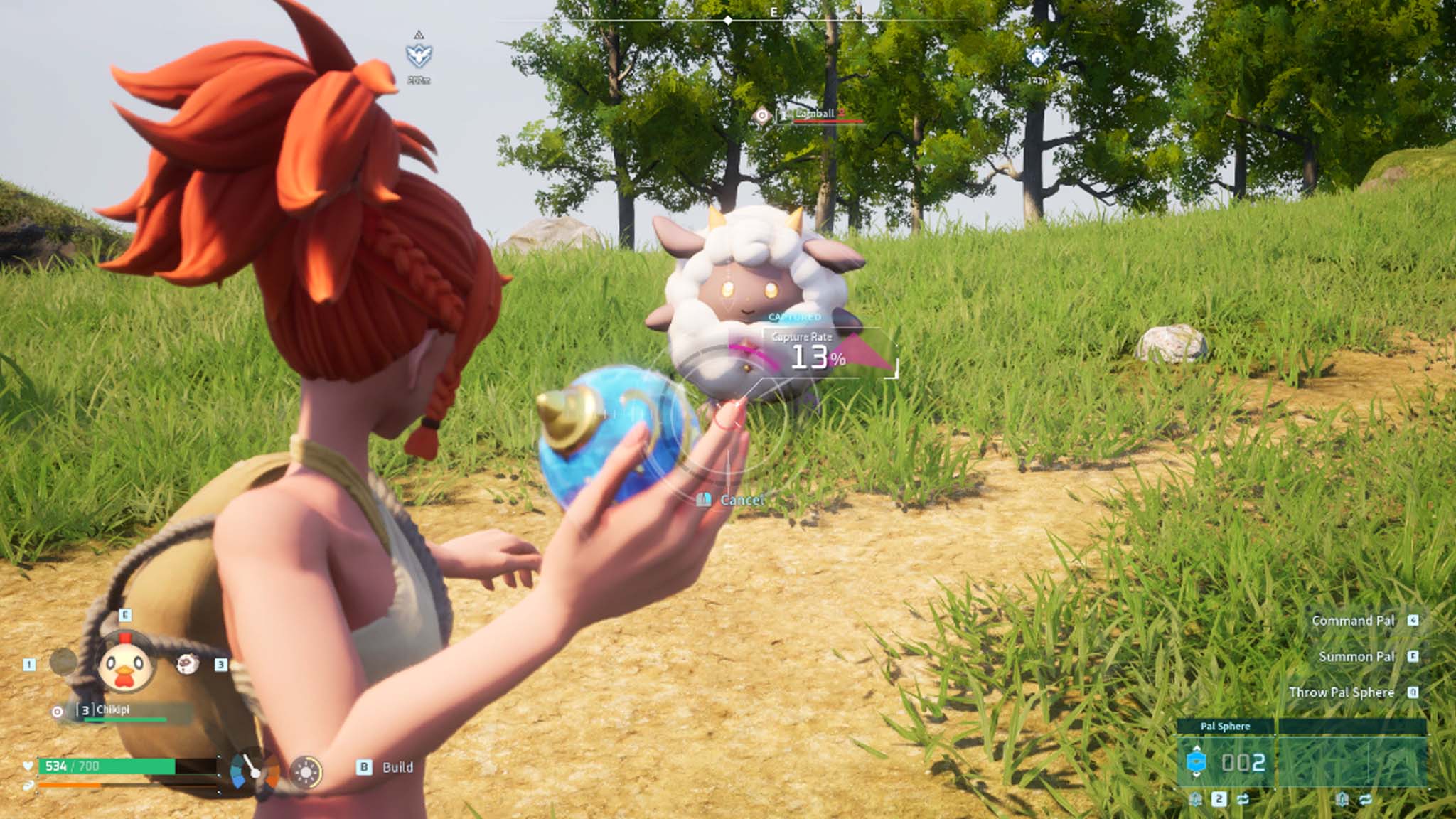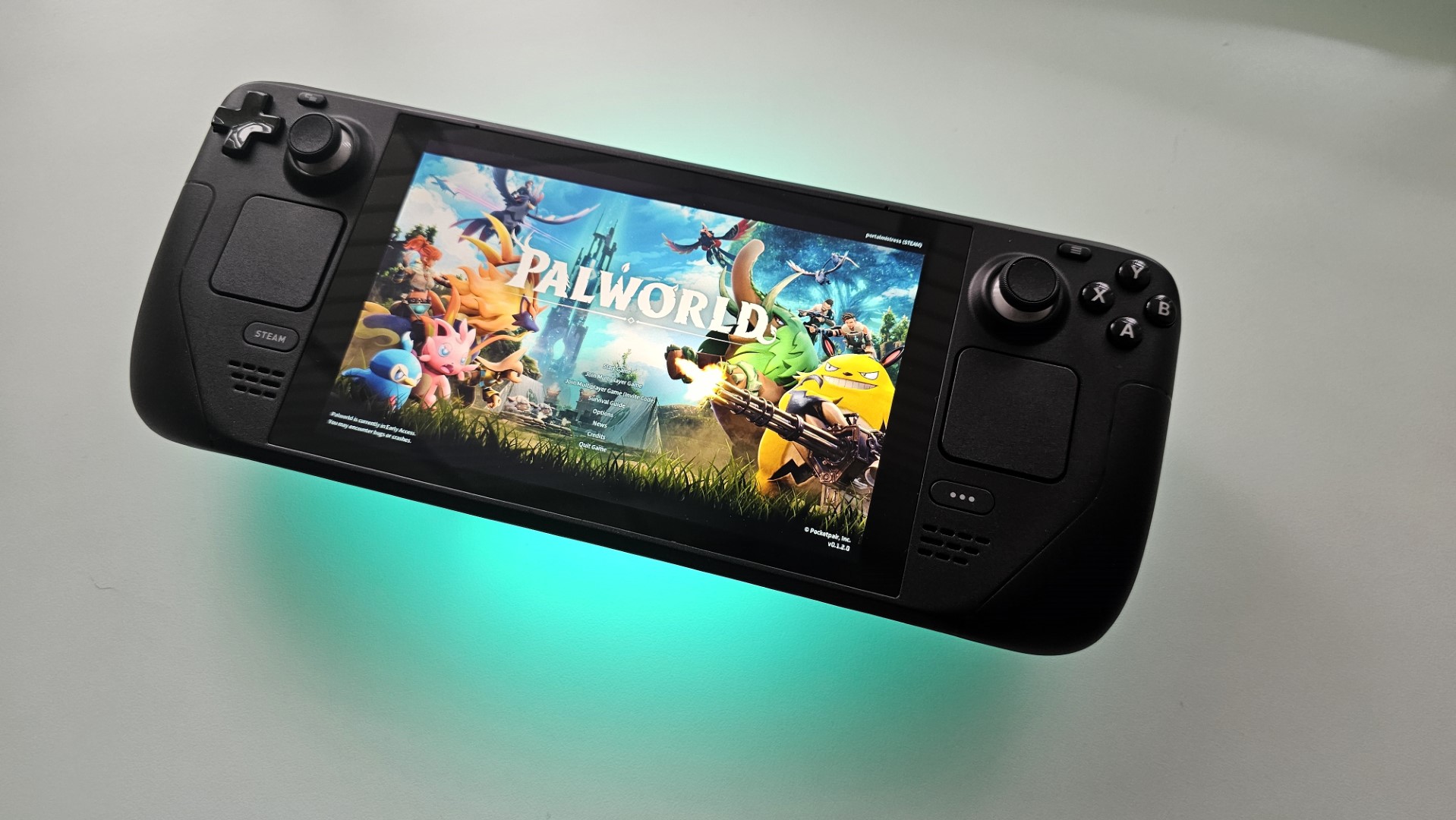
Hot news in the defense of Pocketpair just emerged in regards to the ongoing patent infringement dispute between the developer and Nintendo over popular Xbox Game Pass game, Palworld.
Thanks to the incredible investigative work of GamesFray, a platform specializing in gaming legal matters, we now have a detailed look at Pocketpair’s defenses in the Japan-specific patent infringement case, direct from the Tokyo District Court.
These findings shed light on Pocketpair’s strategy on countering Nintendo’s claims and could have significant ramifications for the gaming industry.
It's often argued that many of the patents Nintendo are going after Pocketpair for infringing are for game mechanics used in a plethora of other games, and this seems to be the exact tact that the Palworld developers are taking. We now have all the games so far named in the lawsuit, and some of them may surprise you.
Pocketpair’s argument involves the role of prior games

Pocketpair are challenging Nintendo’s patents by pointing to prior art — existing games and technologies that allegedly contain similar mechanics that Nintendo has not also challenged.
The argument here is that these patents should not have been granted to Nintendo in the first place, because the claimed mechanics were already in use.
Pocketpair references a wide range of games, including Craftopia (their own title), ARK: Survival Evolved, Rune Factory 5, and even Nintendo’s Legend of Zelda.
Mods like Pixelmon for Minecraft and Nukamon for Fallout 4 are also part of their defense, so even user-made mods have been listed in their defence.
Here's the full list of games stated in the case, as painstakingly listed by GamesFray.
- Craftopia, released by Pocketpair in 2021
- Pocket Souls (a Dark Souls 3 mod released in 2020)
- Ark: Survival Evolved, or ARK released by Studio Wildcard in 2017; partly in combination with a Pokémon mod
- The Legend of Zelda, published by Nintendo
- Pokémon Legends: Arceus, published by Nintendo
- Pokémon Sword and Pokémon Shield, published by Nintendo
- Final Fantasy 14 published by Square Enix
- Tomb Raider originally created by Core Design
- Far Cry 5 published by Ubisoft
- Monster Super League, a mobile game by Smart Study Games
- Pixelmon mod for Minecraft
- Pikmin 3 Deluxe
- Rune Factory 5 by Marvelous
- Titanfall 2 by Electronic Arts
- Path of Exile by Grinding Gear Games
- Octopath Traveler by Square Enix
- Dragon Quest Builders by Square Enix
- Nexomon by VEWO Interactive
- NukaMon mod for Fallout 4
- Monster Hunter 4G/Ultimate by Capcom
- ArcheAge by XL Games
- Riders of Icarus by VALOFE
In addition to games, Pocketpair have also pointed out the Unity game engine as an example of prior art.
In the above list, Rune Factory 5, Titanfall 2 and Pikmin 3 Deluxe make it easy to see how a player character can perform an action to release a monster or a capture item (like a ball) and fire in a direction by releasing a button. Pikmin 3 Deluxe, Far Cry 5 and Tomb Raider already showed that there can be different types of throwable objects.
Games like Pocket Souls, Octopath Traveler, Monster Super League, and Final Fantasy XIV already show how players can target creatures and get an idea of their chances of capturing them.
Pocketpair argues that combining features from these games makes Nintendo’s patents seem less unique or inventive, which is a requirement under Japanese patent law.
They also point out that Pokémon games have used different success rates for capture items for over 30 years, making this idea far from new. Hey, it's old hat now right?
What is the Pocketpair vs Nintendo case all about?

Nintendo alleges that Palworld infringes on three of its patents related to gameplay mechanics, particularly in areas such as capturing creatures and the seamless transitioning between gameplay modes.
To remind you of what's in question here, it's:
- Patent No. 7545191 - This patent, owned by Nintendo and The Pokémon Company, covers a mechanic for capturing creatures by throwing an object, such as a Poké Ball, in a virtual environment. It involves defining the aiming direction based on player input and determining capture success. Nintendo claims that Palworld’s creature capture system is too similar to this patented gameplay method.
- Patent No. 7493117 - This patent focuses on character movement and collision, specifically in scenarios involving character interactions and pathfinding. It also addresses a mechanic where players engage in battles by launching one creature at another. Nintendo alleges that Palworld’s mechanics around creature combat infringe on this patent.
- Patent No. 7528390 - This patent describes a dynamic mounting system for characters moving across land, air, and water, allowing seamless transitions between different types of terrain. Nintendo argues that Palworld’s use of a similar system for player-controlled creatures and mounts infringes on this patent as well.
Different genres, different mechanics at play
Pocketpair also argues in it's case, that Palworld does not directly infringe on Nintendo’s patents, even if they are deemed valid. So in relation to the following, these counterpoints have been made:
- Gameplay mechanics: Pocketpair contends that Palworld doesn’t rely on the same button operations or clear distinctions between combat and non-combat modes that Nintendo’s patents describe.
- Genre differences: While Nintendo’s Pokémon games are role-playing games with creature collection as a core mechanic, Palworld is primarily at heart a survival and crafting game.
For each patent in question, Pocketpair has provided a counter arguement referencing all the games listed here and how they use arguably similar mechanics.
The wider point here is that many games have inspired eachother since the dawn of video game creation, so if Nintendo are allowed to win this case, how will that impact creativity going forward?
This case will have wider ramifications outside of Palworld
This case centres on a critical issue in gaming: the balance between protecting true innovation within a developers own intellectual property, and balancing that to allow creative freedom.
Game development often builds on existing ideas, combining elements from past titles to create something new. Games like Binding of Isaac and Slay the Spire walked so Balatro could run for example.
I'm sure you could pick up any modern video game today and draw out many references to classics of the past.
If Nintendo’s patents are upheld, it could set a precedent that makes it harder for developers to innovate without risking legal action. While this case is ongoing in Japan only, there's also work happening behind the scenes by Nintendo to bring the case to American soil.
What’s happens next?

The Tokyo District Court are reviewing these arguments and will decide whether Nintendo’s patents are valid and if Pocketpair’s Palworld infringes on them.
GamesFray is following the case in incredible detail and providing impressive detail of each stage so I highly recommend you bookmark the website if you're remotely interested in this case. Florian Mueller behind the site has provided excellent commentary on previous gaming litigation cases, including the Microsoft and Activision Blizzard acquisition.
For now, Pocketpair has taken a firm stance, challenging both the validity of Nintendo’s patents and their applicability to Palworld.
But what do you think? Are you Team Nintendo or Team Pocketpair in this case?







